Roofing 101
Your roof is as important to the well-being of your home as its foundation. It protects you from the elements and the arch enemy of your home: water. GRT Roofing believes the more you know about your roof, the better off you are. Here is the GRT “Roofing 101” to get you up to speed.
Roofing Inspection
GRT Roofing recommends roof inspections be done on a regular basis because catching an issue early can prevent it from becoming a more serious (and expensive) problem. If you notice any of the following, call GRT Roofing for a more complete roof inspection.
Exterior Roof Inspection
- Curled, loose, or missing shingles
- Exposed nails
- Rusty or corroded metal flashing
- Damaged or missing flashing
- Sagging at the ridge
- Damaged or rotting fascia board
Interior Roof Inspection
- Cracks in roof sheathing
- Sagging decking between rafters
- Outside light coming through
- Leaks
- Condensation, wet insulation, or mold

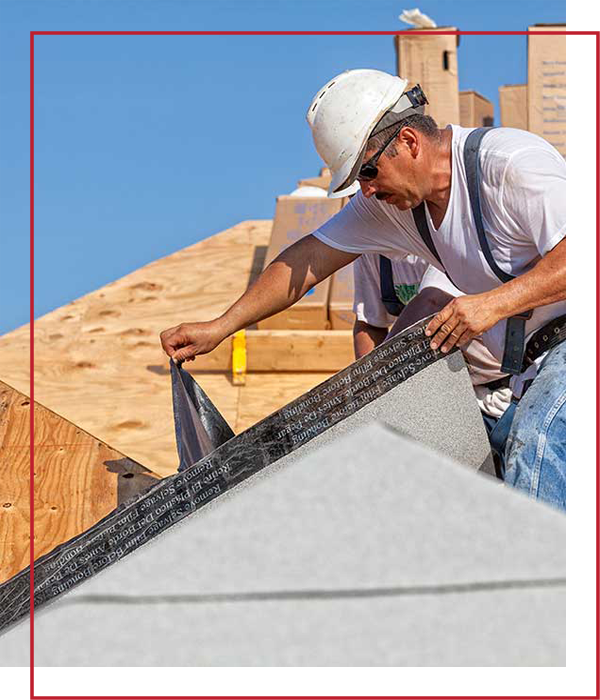

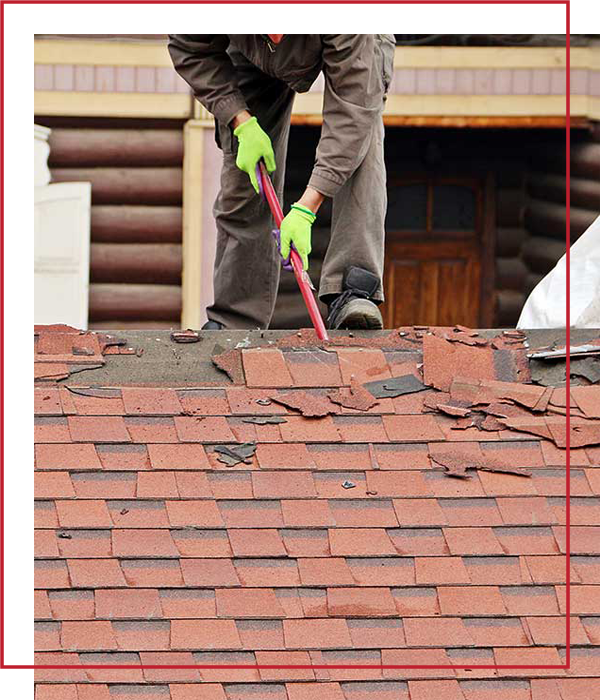
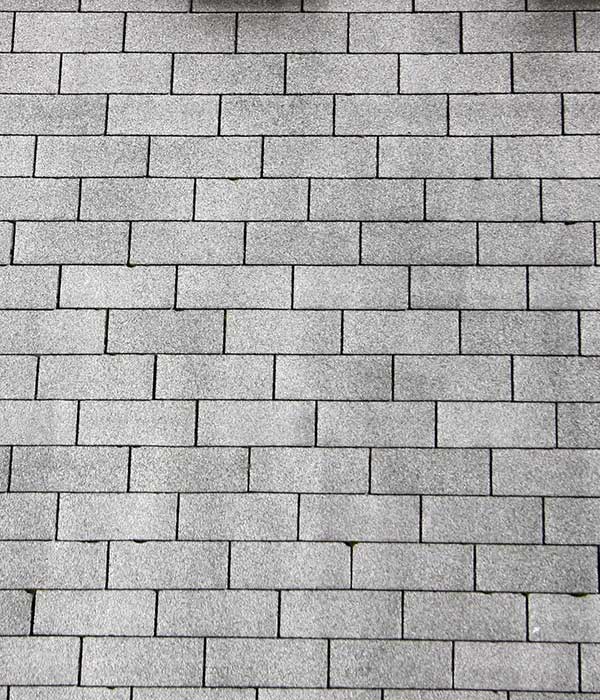
Three-tab Shingles
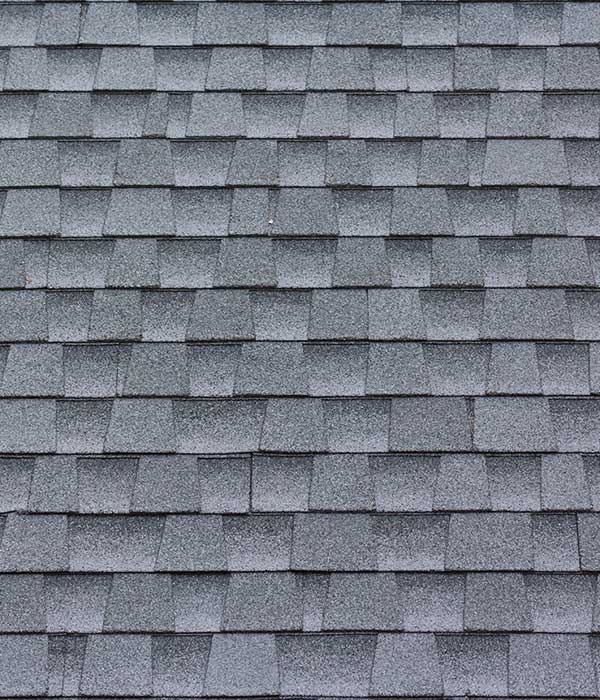
Architectural Shingles
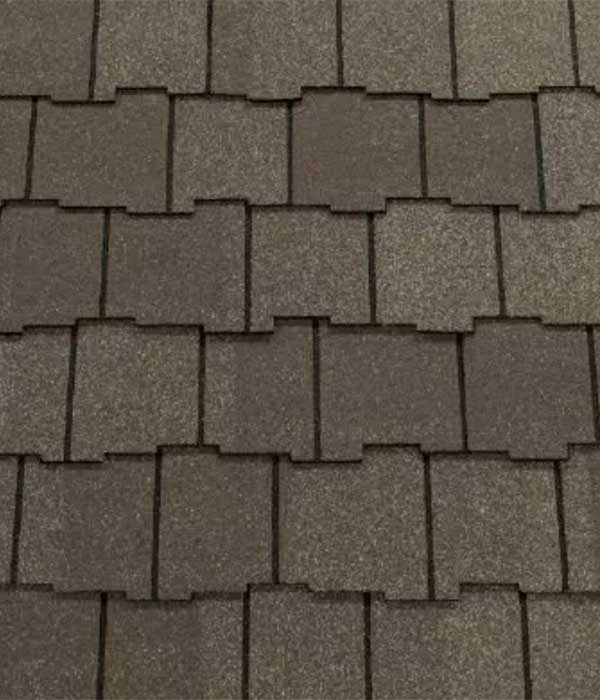
Premium Shingles
Types of Asphalt Roofing Shingles
Your roof is the most important protection for your home against rain, snow and Mother Nature. It is also part of your home’s curb appeal and can add value to your property. Here are the three most common types of fiberglass asphalt shingles:
- Three-Tab Shingles are the most affordable (but not necessarily the best value) and deliver the classic look of a shingled roof. These are used less frequently because dimensional shingles offer more durability and protection against wind and water damage for the same (or just slightly higher) price.
- Dimensional, or Architectural Shingles feature a base layer with a top layer and are cut to resemble wood shingles and shakes.
- Premium Dimensional Shingles are built like standard dimensional shingles but with more material and a higher profile that produces more visual contrast and shadowing.
Basic three-tab shingles are rated for 60 – 80 mph winds; dimensional and premium shingles are rated for 110 mph winds, but with enhanced installation techniques, the warranty can be boosted to 130 mph on many architectural shingle lines.
Ice and Water Shield
Ice and water shield is a waterproof roof underlayment membrane that protects vulnerable roof areas from ice and water damage. Ice and water shield has an adhesive back that adheres to the roof deck that forms waterproof areas and the membrane forms a watertight seal around the nails when the shingles are installed.
Ice and water shield protects against ice dams in cold climates, which are formed in gutters by the melting and freezing of snow. The ice dam can force water under the shingles and into the home, causing damage. Ice shields mitigate this potential damage.
Roof Flashing
Roof flashing is a thin material that is used to channel water in critical areas of the roof where it meets a vertical feature like a dormer or chimney. Flashing is used to surround the vertical surface, so the water runs down the flashing and onto the shingles. This prevents water from reaching the roof deck, or worse, the interior of the structure. Damaged, poorly installed, or missing flashing is one of the main causes of roof leaks.
Flashing is usually galvanized steel, but copper and aluminum are also used, depending on the application.
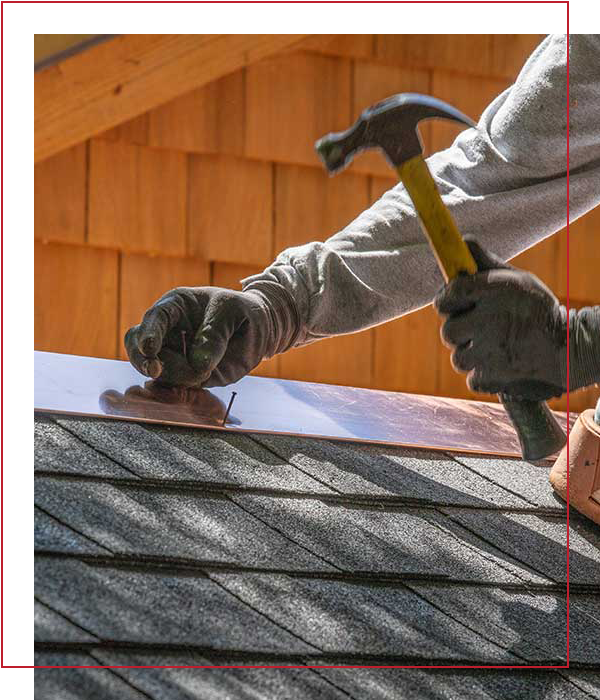
Hip Roof vs. Gable Roof. What Kind Do You Have?
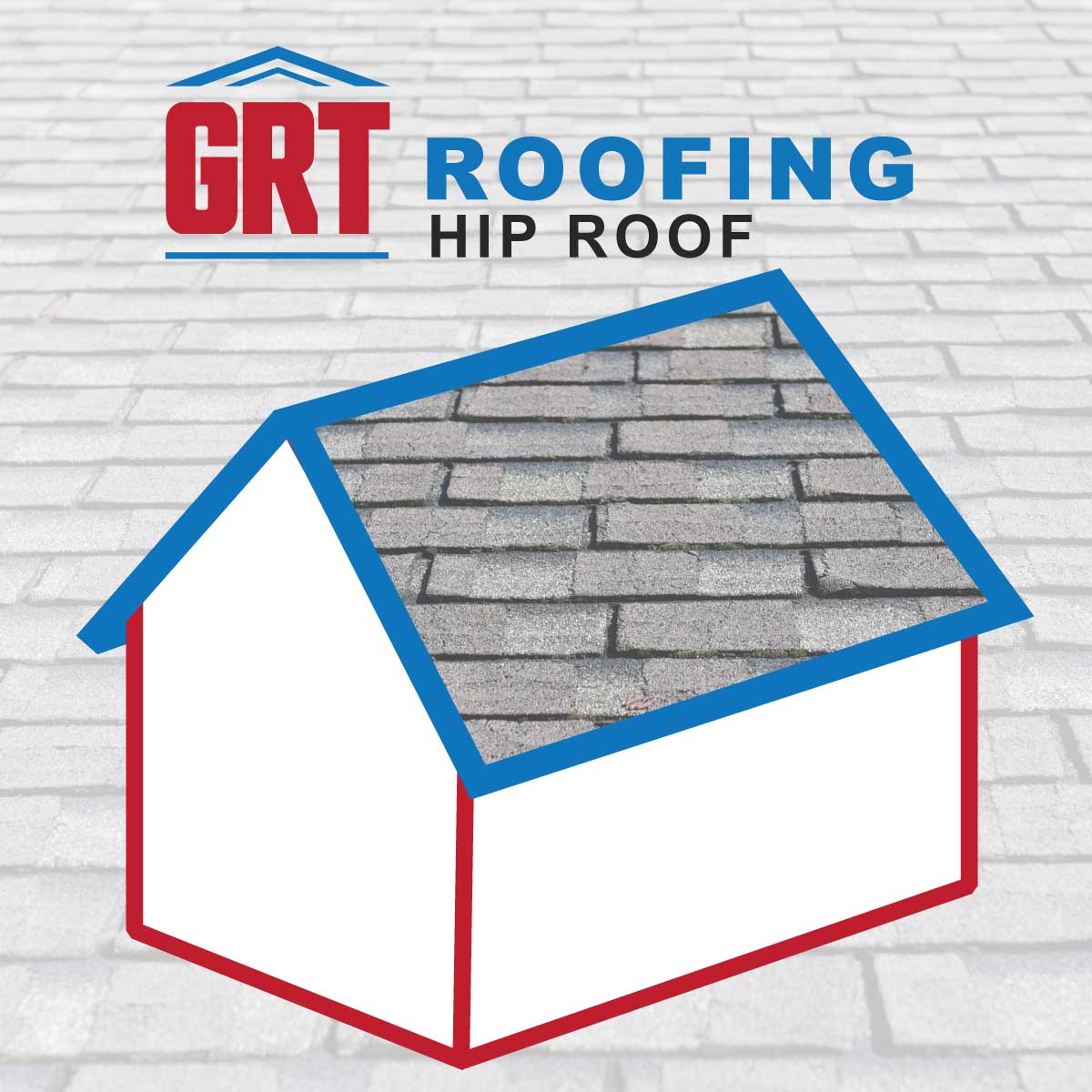
Hip Roof
A hip roof is sloped on all sides and comes together at the top to form the ridge.
Pros of a hip roof:
- More stable than a gable roof because the inward slopes make it sturdier
- Excellent for high-wind areas
- Hip roofs may get you an insurance discount because they perform better in high winds
Cons of a hip roof:
- Hip roofs are more expensive to build
- Requires more building materials, including shingles
Hip roofs can be covered in any type of roofing material, such as asphalt shingles, metal, slate, or tiles.
Gable Roof
A gable roof is also called a pitched or peaked roof and is the most common type of roof.
Pros of a gable roof:
- Easily sheds water and snow
- Provide more attic space (or vaulted ceiling)
- Allows more ventilation
- Easier and less expensive to build and use less roofing materials
Cons of a gable roof:
- Can be a problem in high-wind areas
Gable roofs can be covered with asphalt shingles, cedar shakes, tiles, or metal.

Contact
Contact Us Today
Head Office
Call Us
EMAIL US
GRT Roofing serves the western Cleveland suburbs with best-in-class roofing replacement and repair, gutter replacement, gutter screen installation, cleaning, and repairs.
Contact Us
25118 Lorain Road, Suite 1
North Olmsted, OH
M-F: 8am - 6pm
Sat & Sun: Closed
